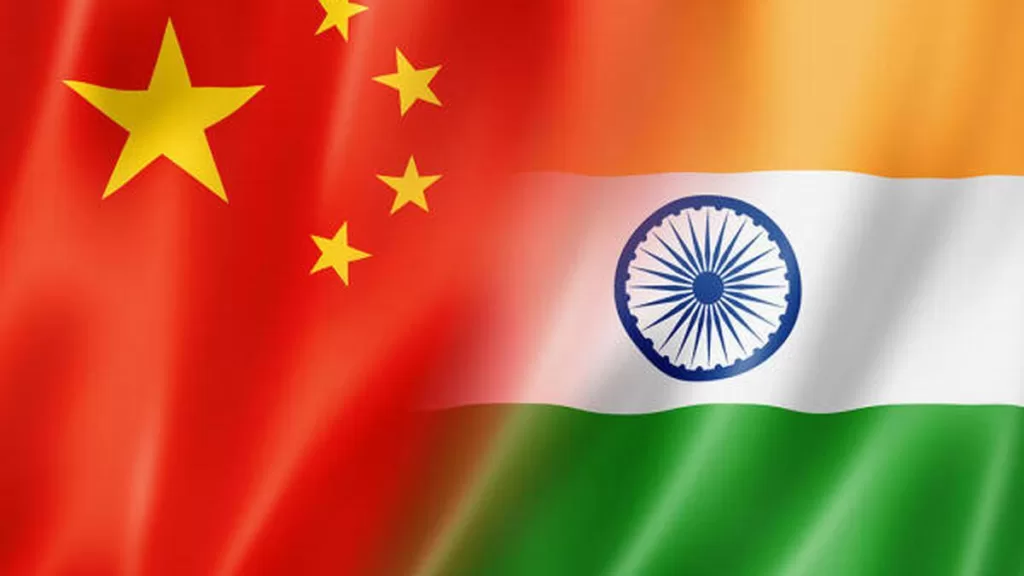India and China agreed to maintain security and stability along the Line of Actual Control (LAC) in eastern Ladakh, stay in close contact and continue dialogue through military and diplomatic channels, and work out a mutually acceptable resolution of the remaining issues at the latest round of military talks held on Sunday to ease tensions along the contested border, the ministry of external affairs said in a statement on Monday.

India and China agreed to maintain security and stability along the Line of Actual Control (LAC) in eastern Ladakh, stay in close contact and continue dialogue through military and diplomatic channels, and work out a mutually acceptable resolution of the remaining issues at the latest round of military talks held on Sunday to ease tensions along the contested border, the ministry of external affairs said in a statement on Monday.
The 18th round of India-China corps commander level talks was held at the Chushul-Moldo border meeting point on the Chinese side of LAC.
The statement gave no indication of any immediate breakthrough.
“The two sides had a frank and in-depth discussion on the resolution of the relevant issues along the LAC in the Western Sector so as to restore peace and tranquility in the border areas, which will enable progress in bilateral relations,” it said.
: ‘We hope.’: India on China’s ‘counter-measures’ against Indian journalists
“In line with the guidance provided by the State Leaders and further to the meeting between the two Foreign Ministers in March 2023, they had an exchange of views in an open and candid manner”, it said.
The sides have been locked in a border row for almost three years.
The Indian and Chinese armies held the 17th round of corps commander level talks in December 2022 to discuss outstanding issues along the border.
The border row is set to enter its fourth year in early May.
Despite four rounds of disengagement from Galwan Valley, Pangong Tso, Gogra (PP-17A) and Hot Springs (PP-15), the Indian and Chinese armies still have more than 60,000 troops each and advanced weaponry deployed in the Ladakh theatre.
Problems at Depsang in Daulet Beg Oldi sector and Charding Nullah Junction (CNJ) in Demchok sector are still on the negotiating table.
Both sides have hardened their positions along LAC, said military affairs expert Lieutenant General Vinod Bhatia (retd).
“However, there has been no escalation in eastern Ladakh after the June 2020 Galwan skirmish. As long as talks are on, there are hopes for a peaceful, mutually acceptable and an equitable solution,” Bhatia added.
The 18th round of talks came ahead of the Chinese defence minister Li Shangfu’s upcoming visit to India for a Shanghai Cooperation Organisation (SCO) meeting to be held in New Delhi on April 27-28.
Li’s visit to India is the first visit by a Chinese defence minister after the June 2020 Galwan clash that derailed bilateral ties.
Twenty Indian soldiers killed in the seven-hour deadly conflict near Patrolling Point 14 in Galwan Valley. According to India’s assessment, PLA’s casualties were twice as many as Indian Army’s though Beijing officially claimed that only four Chinese soldiers were killed.
After their last meeting in December 2022, the two sides had issued a similar statement, and agreed to maintain security and stability on the ground. That meeting took place just 11 days after several Indian and Chinese soldiers were injured in a clash along LAC at Yangtse, located near Tawang in Arunachal Pradesh.
On April 19, defence minister Rajnath Singh had expressed confidence in the Indian Army to handle any contingency along the country’s border with China even as he said talks would continue for peaceful resolution of the lingering row in the Ladakh sector, and disengagement and de-escalation were the best way forward.
In March, India announced the setting up of a top panel to fast-track infrastructure projects in areas close to the China border. The decision to set up a committee of secretaries to accelerate the projects was taken at a meeting chaired by Singh to review the progress on a raft of infrastructure projects along the border.
The projects being executed in forward areas involve several ministries including defence; road transport and highways; environment, forest and climate change; railways and communications, and power and new and renewable energy.
The army is building infrastructure at a rapid pace in Ladakh and Arunachal Pradesh with focus on better living experience and improved facilities for soldiers, conservation of modern weapons and equipment deployed there, and supporting faster movement of men and material to deal with any contingency amid the ongoing standoff with PLA.
India has inducted thousands of extra troops and modern military weaponry into the Ladakh sector to counter the Chinese military build-up after the standoff began in May 2020, and the changed dynamics along LAC has necessitated the infrastructure push aimed at enhancing efficiency of the army’s deployments.